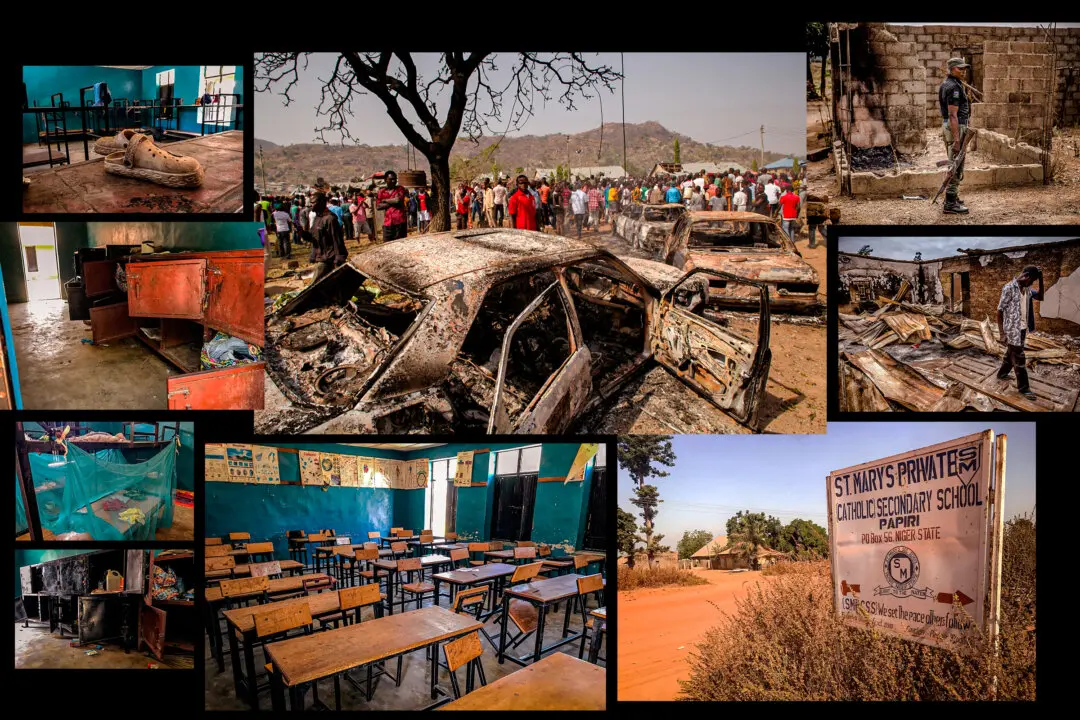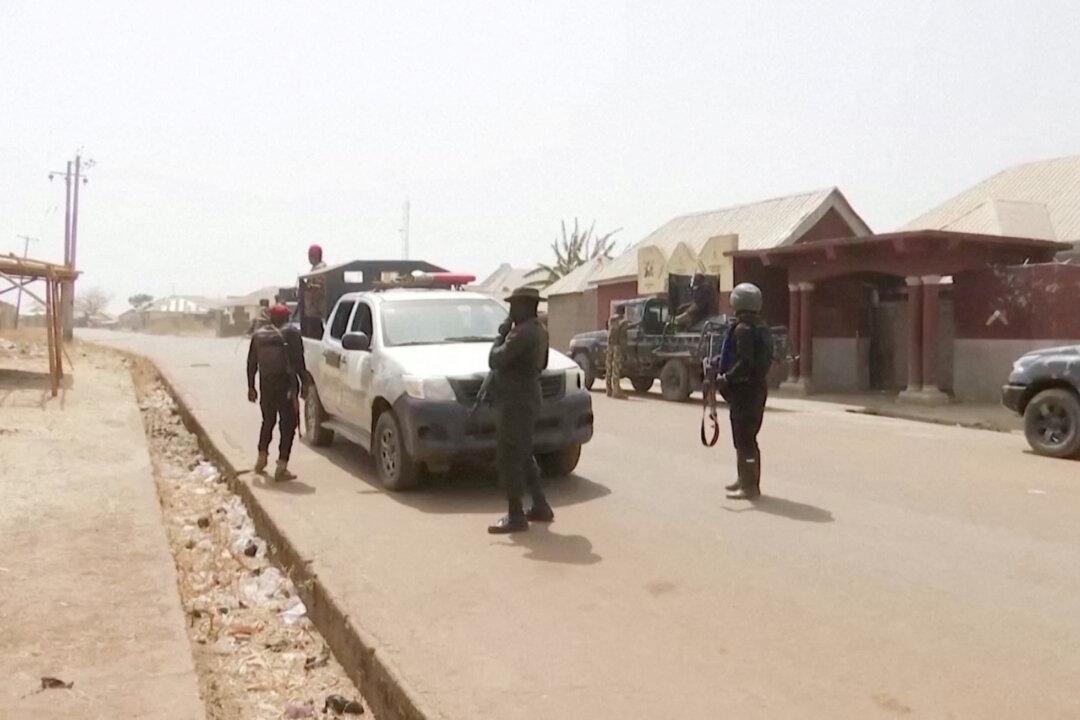Challengers in the crowded and contentious primary race for Los Angeles County district attorney have been pummeling incumbent George Gascón for being “soft on crime.”
On the defensive, Mr. Gascón has pointed to a citywide drop in violent crime—more than 3 percent from 2022 to 2023, according to the Los Angeles Police Department—as proof that his progressive reforms are working.





